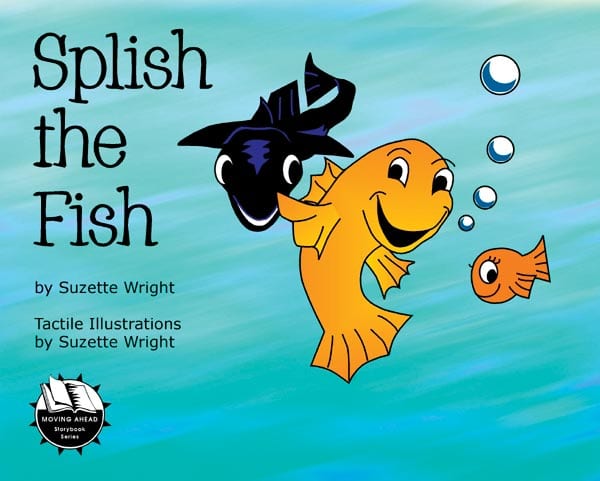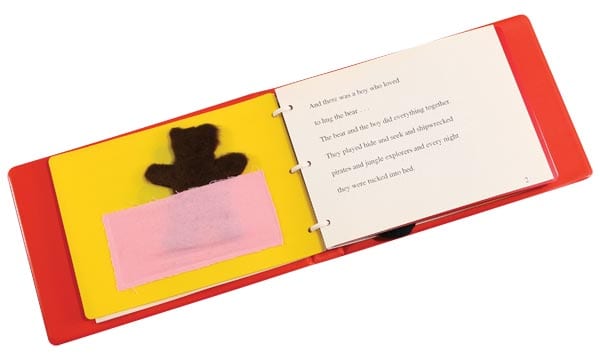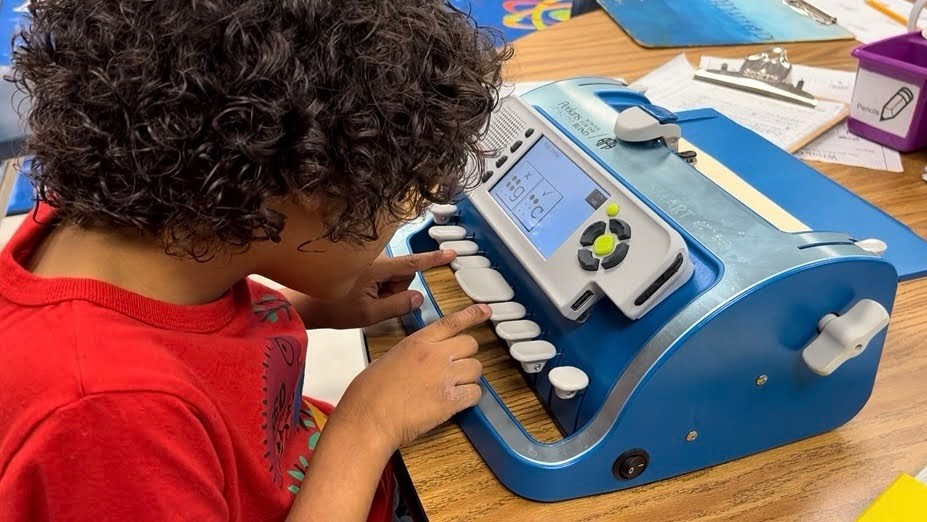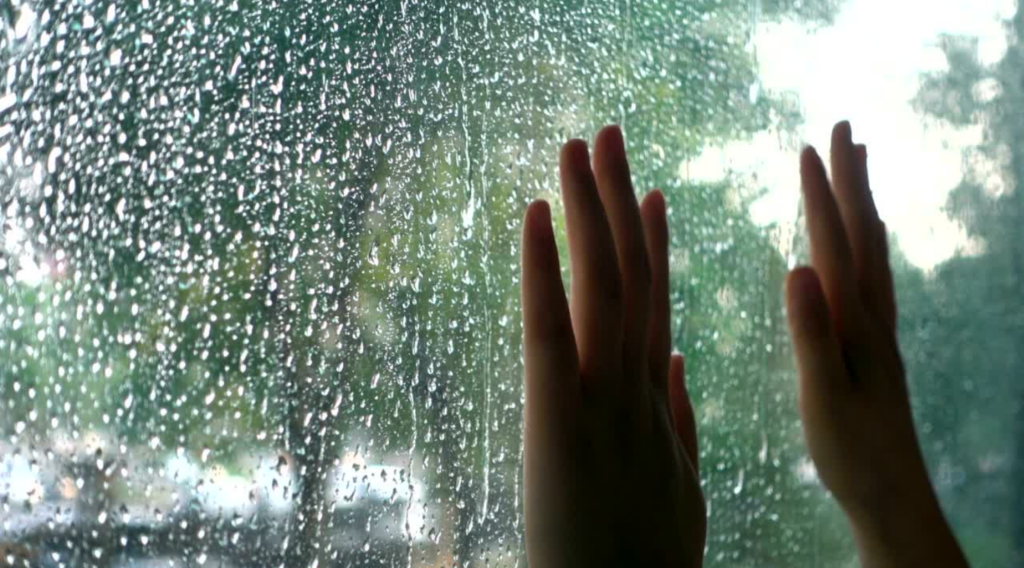During this time when children are unexpectedly at home, not everyone has access to braille books with tactile illustration. TVI Tracy Fitch reads aloud from two books by Suzette Wright from American Printing House for the Blind (APH): That’s Not My Bear and Splish the Fish. Parents are invited to gather props to supplement the reading of each book, to help to make it more meaningful for the child.
“That’s Not My Bear” Read-Aloud
That’s Not My Bear by Suzette Wright is part of the “On the Way to Literacy Storybook” series from American Printing House for the Blind (APH). It comes with real objects and textures. The story tells of a well-loved teddy bear, who is lost and cannot be replaced. The special bear and others offered by the family are represented by furry shapes.
Splish the Fish Read-Aloud
“Splish the Fish” is part of the “Moving Ahead” series from APH. It’s a rhyming story that features simple raised-line symbols representing Splish and his friends embedded in an areal pattern representing the ocean. The child tactually searches for Splish and helps him find his way back to his friends.
Tips for Reading Aloud and Using Props
Children with visual impairments can benefit from using props to help them to understand the story and to enact parts of the story. These can be items that are similar to what’s described in the story, or they can be pretend. For example, while “That’s Not My Bear” tells the story of a Teddy bear, any stuffed animal can be used to act out parts of this book. It’s also helpful to have a blanket to tuck the Teddy bear in.
For “Splish the Fish” it’s helpful to have some sort of tray or board to present the fish on, but this is not completely necessary. Pipe cleaners in yellow, black and orange can be used to create the fish, following the steps below.
| 1. Take a pipe cleaner and curve it in half creating a tear drop shape on one side. |
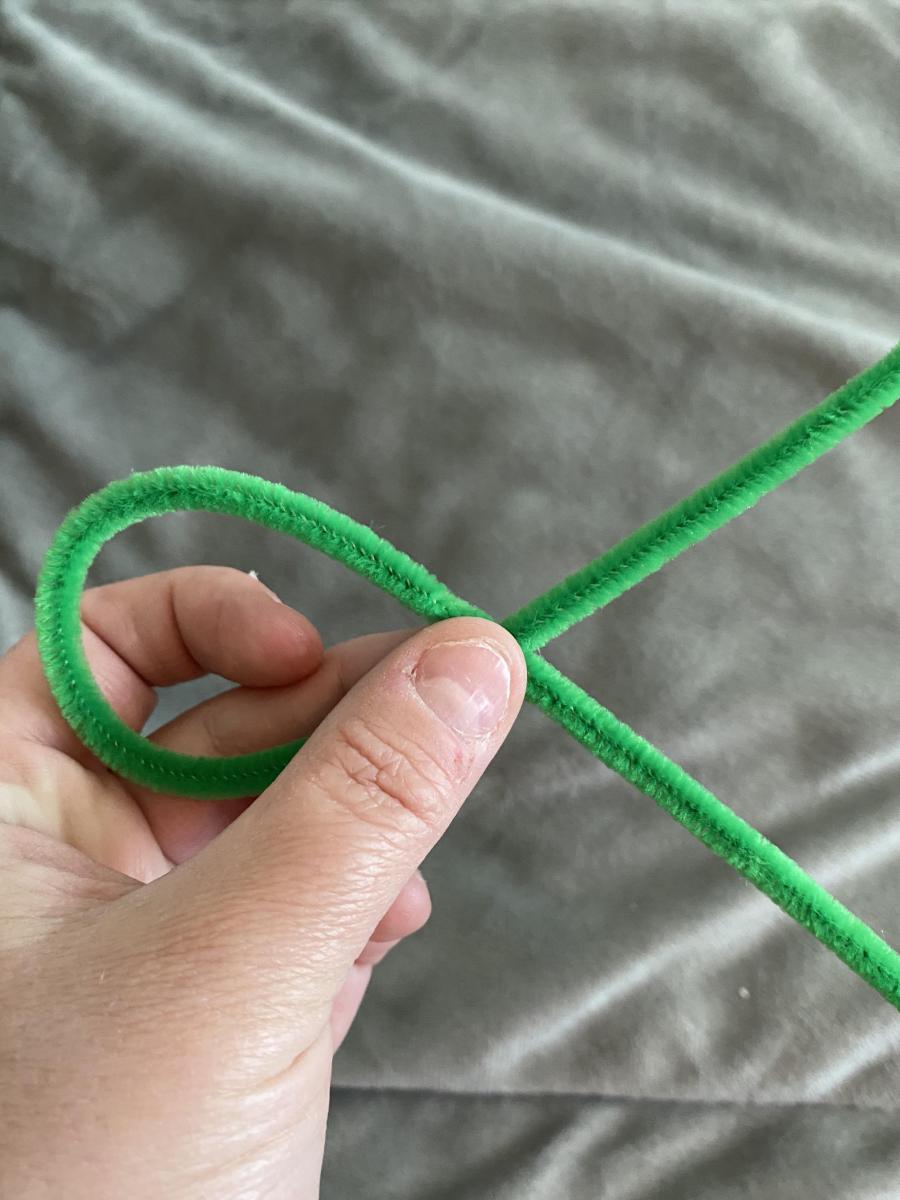 |
| 2. Then take one of the end pieces and fold it over the other. Wrap around to secure your teardrop shape. |
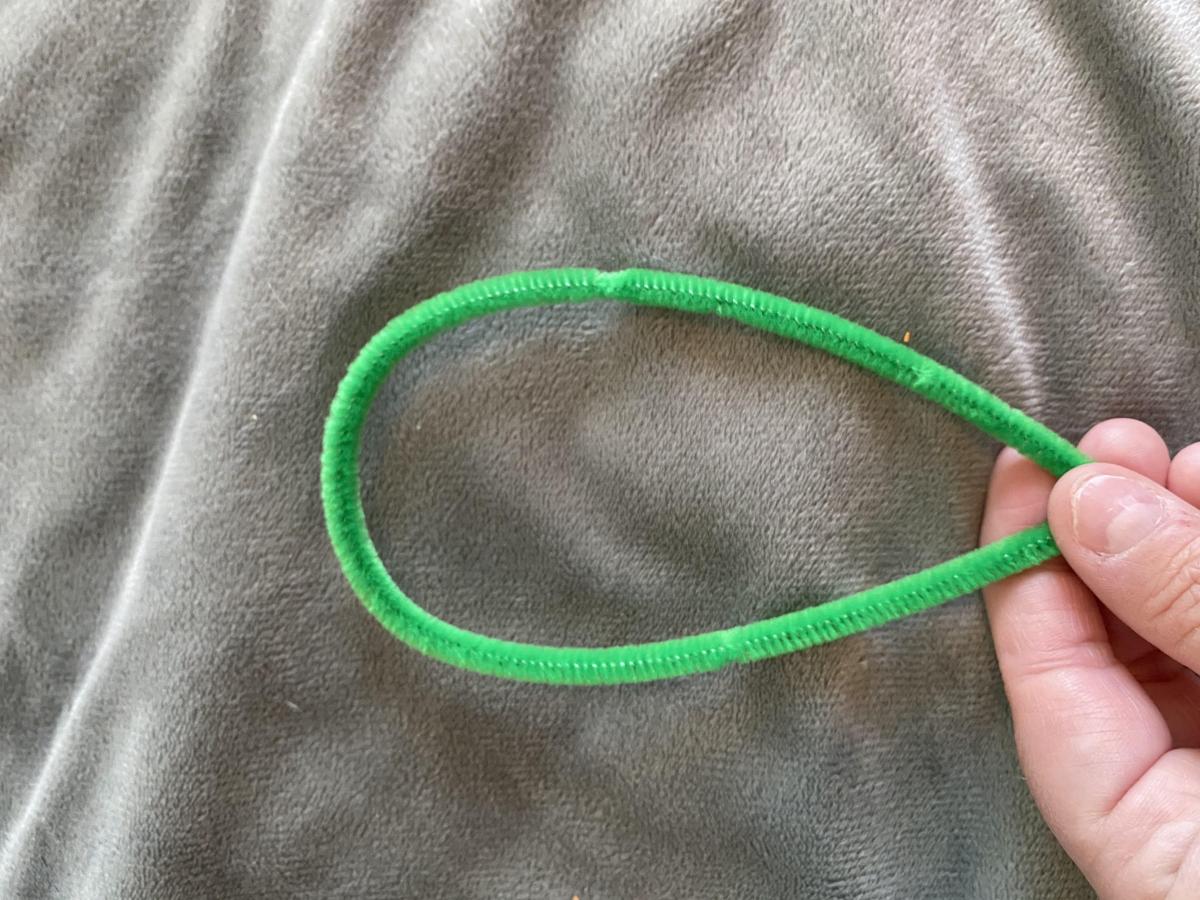 |
| 3. Wrap around 2-3 times to make secure. |
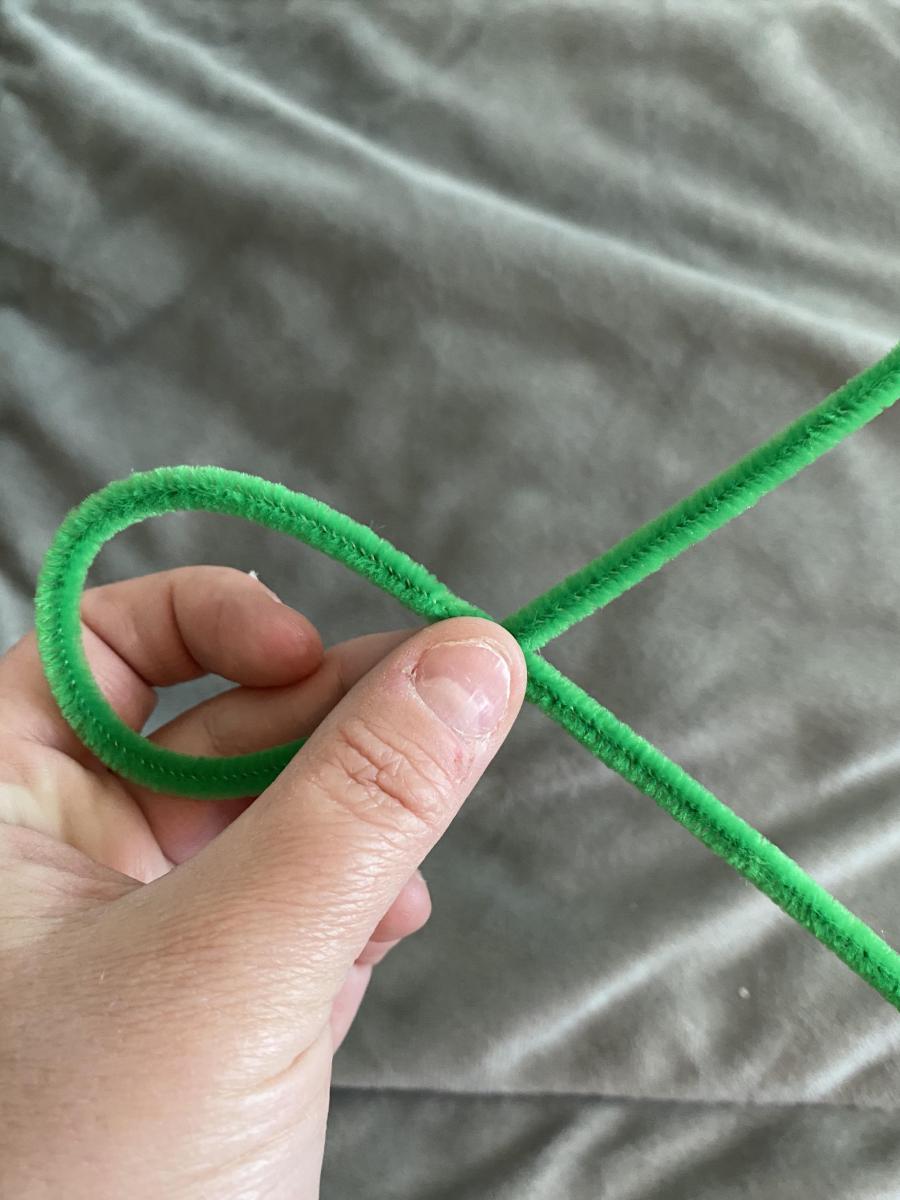 |
| 4. Take the piece you wrapped and fold upwards to create a point. |
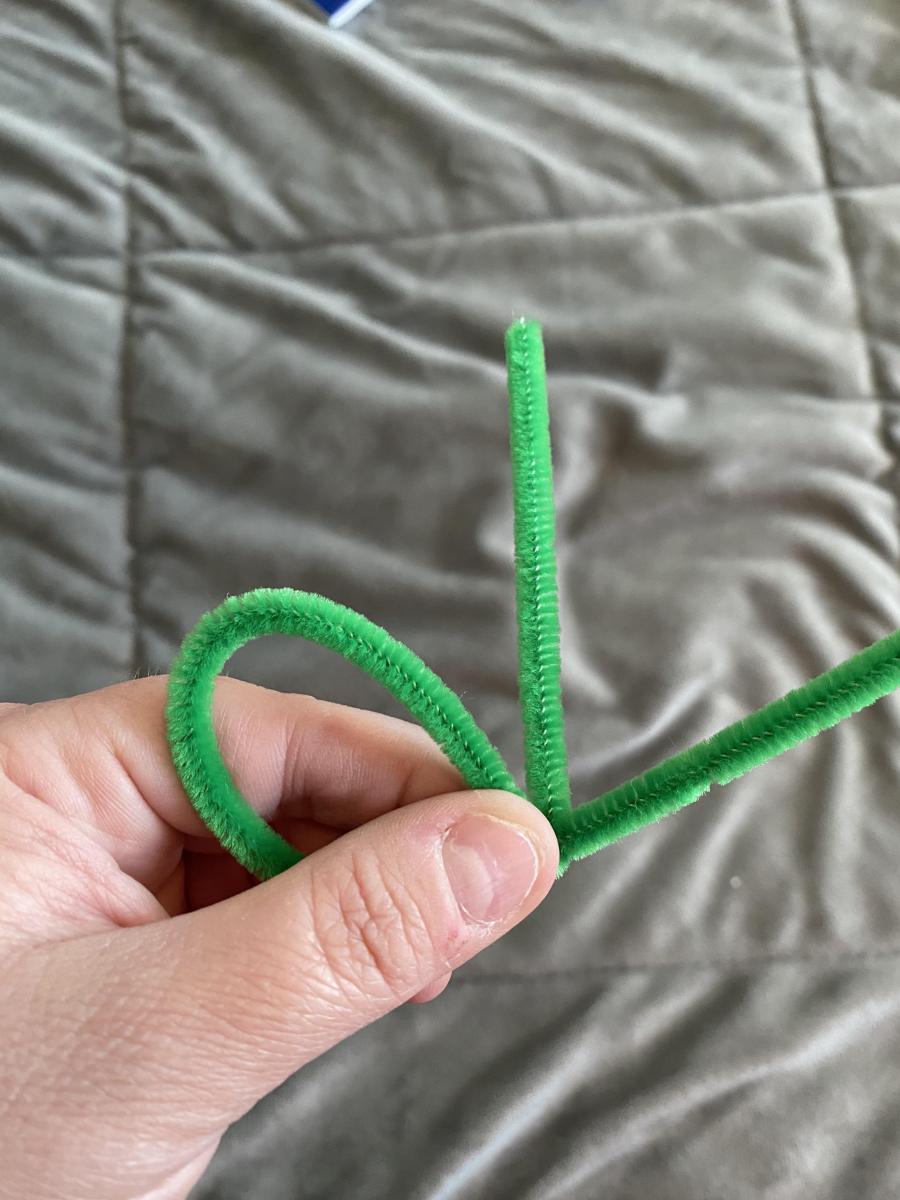 |
| 5. Then wrap the end around the second piece about a 1/4 inch above the point of the teardrop where you wrapped. Wrap 2-3 times to make secure. |
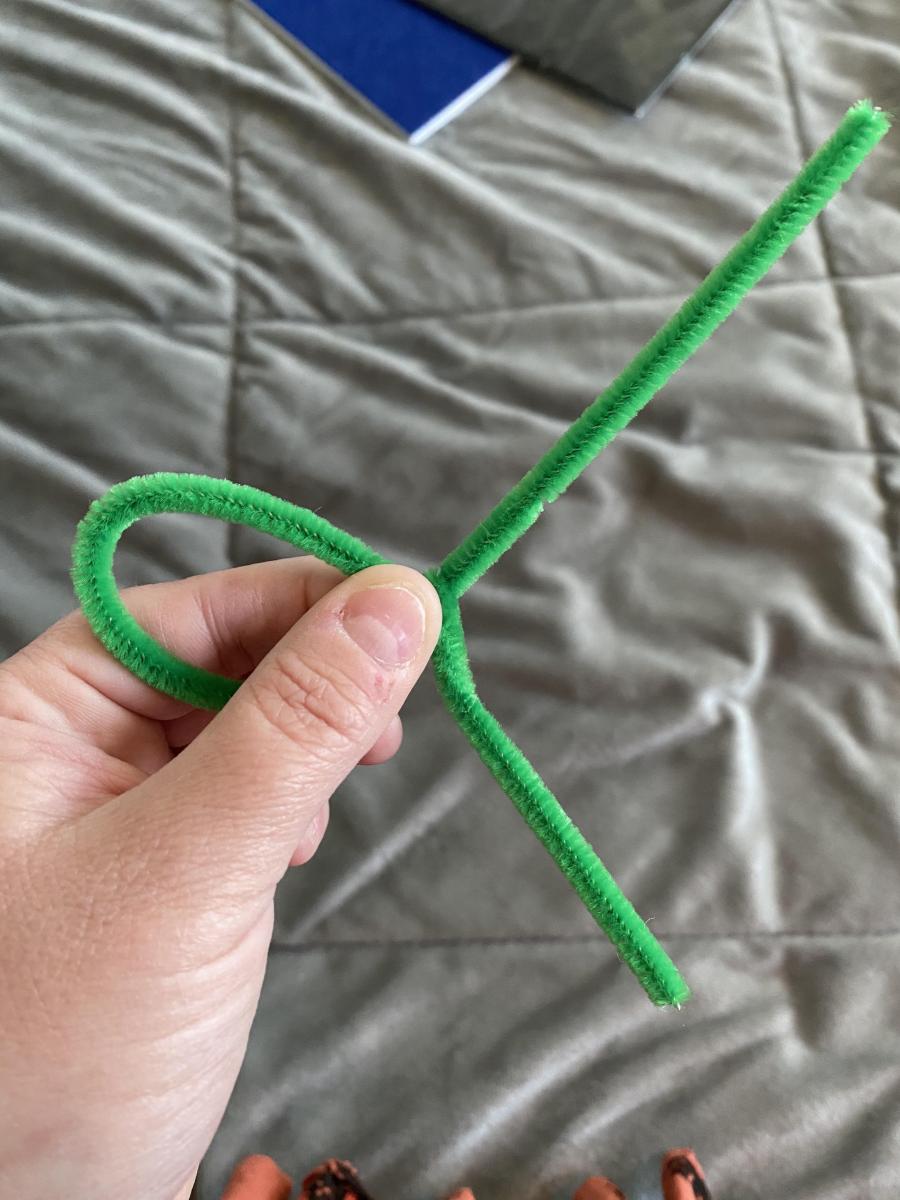 |
| 6. This will create a triangle shape. |
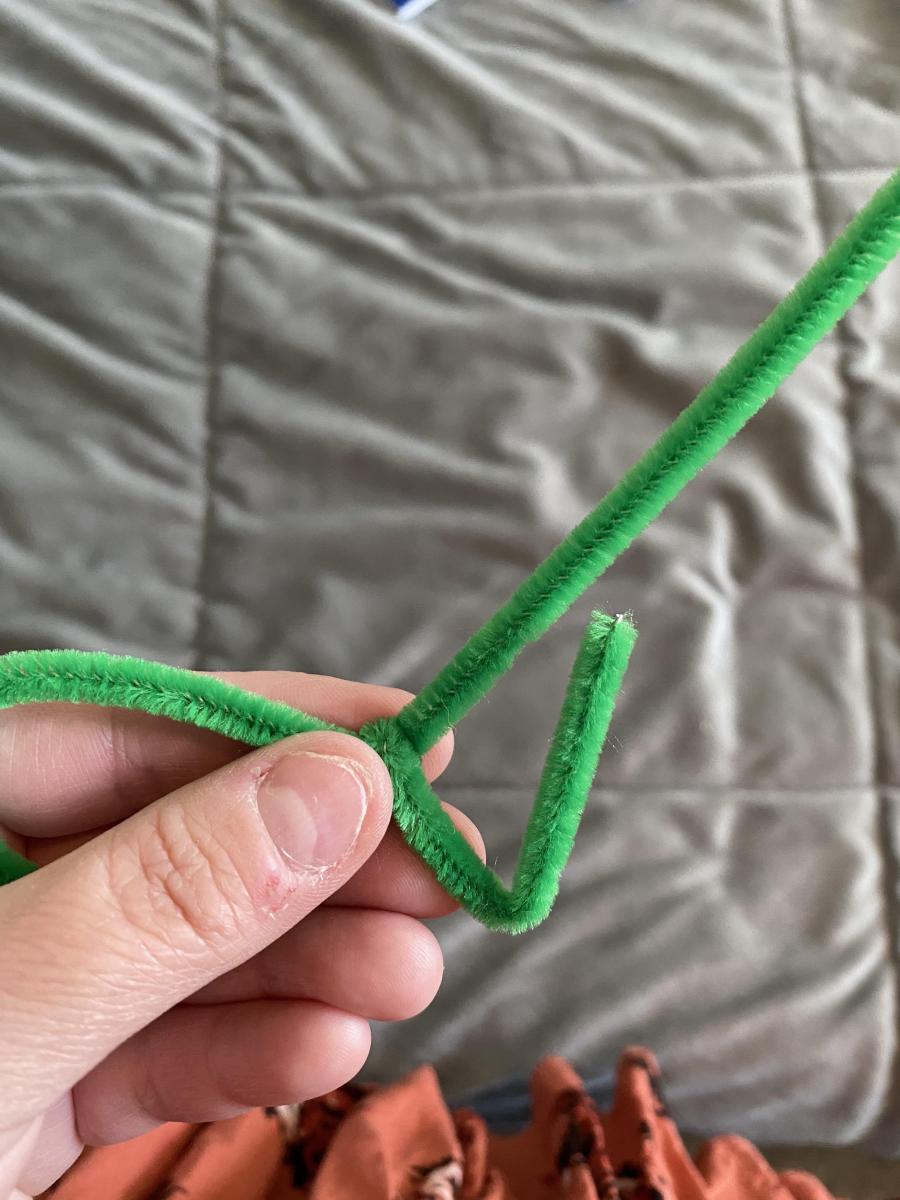 |
| 7. Then cut the excess pipe cleaner off from where you wrapped to close the triangle shape. |
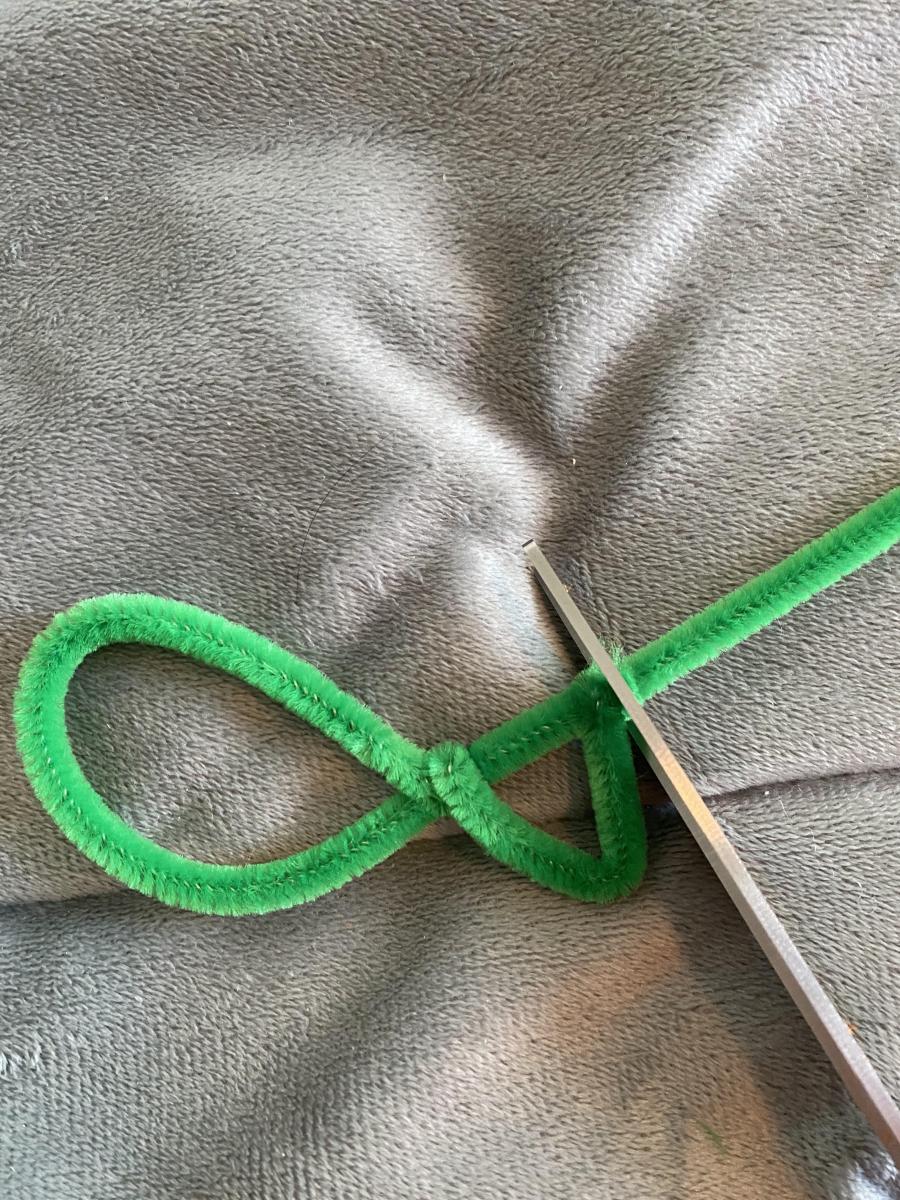 |
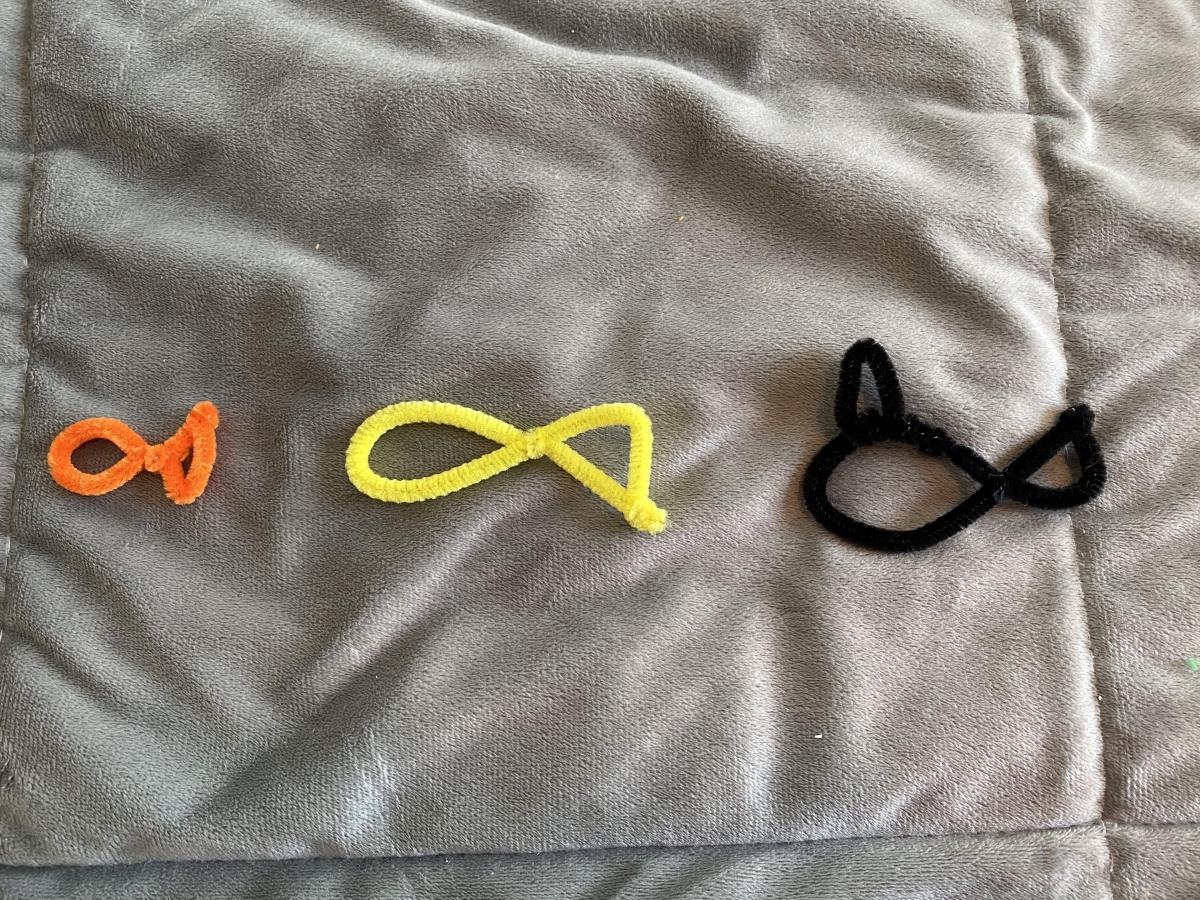
Now, you have a fish. The teardrop shape is the bodyand the triangle shape is the tail. You can use yellow for Splish, black for Finny and orange for Dee. You can make them different sizes to also discuss small, medium and large. You can now act out the the story with your fish.

